Managerial Economics and Organizational Architecture James Brickley 6th Edition
Chapter 03
Exchange and Markets
Essay Questions
1. What are the goals of an economic system? What is the criterion to measure the effectiveness of a system?
Answer: Every economic system is confronted with three basic issues: what to produce, how to produce, and for whom to produce. One can answer these questions using a centrally planned system, or allowing the markets to find a solution, or generating a mixed economy. Economists use the Pareto efficiency criterion to measure the effectiveness of an economic activity. According to this criterion, an economic activity is not effective if there is another allocation of resources that can make someone better off without hurting anyone else.
Difficulty: 01 Easy
Blooms: Remember
AACSB: Reflective Thinking
Topic: Goals of Economic Systems
2. Suppose Sam and Kevin can produce pens and pencils as shown in the table below.
|
Pens |
Pencils |
|
|
Sam |
12 hours |
8 hours |
|
Kevin |
4 hours |
6 hours |
<<PM: Global: Delete period following letter in parens?>>(a) Who has a comparative advantage in producing pens? Who has a comparative advantage in producing pencils?
(b) Suppose Sam and Kevin have to each give Flip, a common friend, 10 pens and 10 pencils. Is there a trade that will make both of them better off? If a trade that would make both of them better off exists, describe such a trade. If there is no such trade that would make both of them better off, explain why.
Answer: (a) Kevin has a comparative advantage in producing pens because he has to give up only 2/3 of a pencil to make a pen. Sam would have to give up 12/8 = 3/2 pencils to make a pen.
(b) Yes, trade can make them both better off. Sam has a comparative advantage in producing pencils because he has to give up only 8/12 = 2/3 pens to make a pencil. Kevin would have to give up 6/4 = 3/2 pens to make a pencil. There is likely to be potential gains from trade if Kevin specializes in the production of pens and Sam specializes in pencils. Kevin could exchange 10 pens for 10 pencils with Sam.
Difficulty: 03 Hard
Blooms: Apply
AACSB: Analytic
Topic: Property Rights and Exchange in a Market Economy
3. If demand is represented by Qd = 50 – 0.5P + 0.005I where I = $50,000 and supply is represented by Qs = 100 + 0.4P -2W where wages (W) = $15.00, compute the equilibrium price and quantity. What happens if income falls to I = $40,000?
Answer: Qd = 50 – 0.5P + 0.005 (50,000) = 50 – 0.5P + 250 = 300 – 0.5P. Qs = 100 + 0.4P − 2(15) = 100 + 0.4P – 30 = 70 + 0.4P. In equilibrium, the quantity demanded is equal to the quantity supplied: 300 – 0.5P = 70 + 0.4P. Therefore, the equilibrium price = 230/0.9 = $255.56. <<AU: Change OK?>>Substituting the price value in either the quantity demanded equation or the quantity supplied equation gives us the equilibrium quantity. Therefore, the equilibrium quantity = 300 – 0.5 (255.56) = 300 – 127.78 = 172.22 units. When income falls to $40,000, the new demand function is Qd = 50 – 0.5P + 0.005 (40,000) = 50 – 0.5P + 200 = Qd = 250 – 0.5P. The supply function is Qs = 70 + 0.4P. In equilibrium, the quantity demanded is equal to the quantity supplied. Therefore, 250 – 0.5P = 70 + 0.4P = 250 – 70 = 0.4P + 0.5P = 180 = 0.9P = $200 is the new equilibrium price. <<AU: Change OK?>>Substituting the price value in either the quantity demanded equation or the quantity supplied equation gives us the equilibrium quantity. Therefore, the equilibrium quantity = 250 – 0.5 (200) = 150 units.


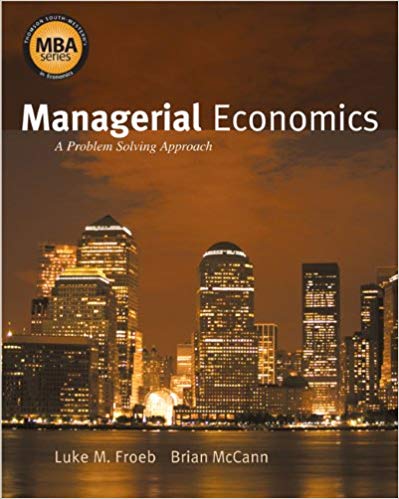
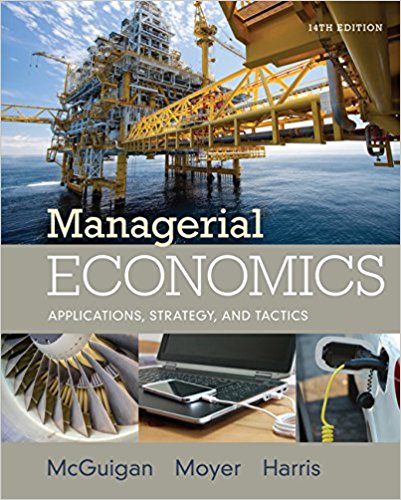


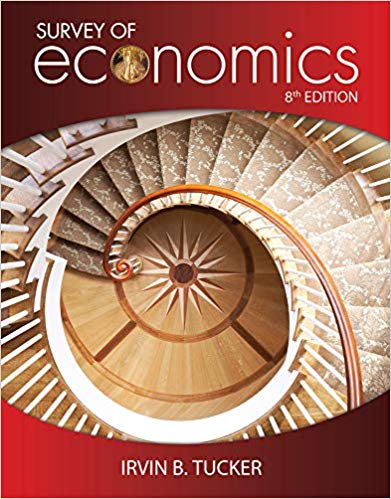
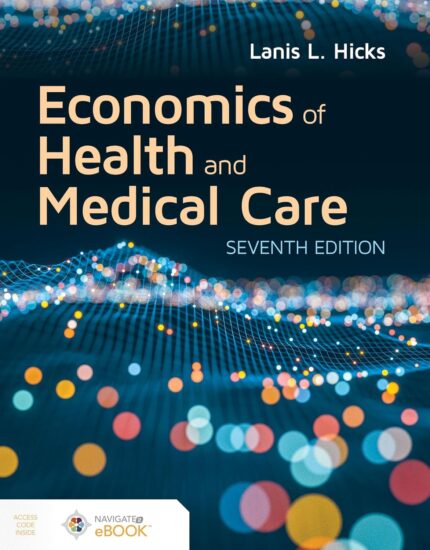

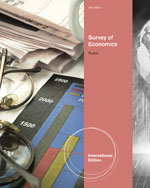
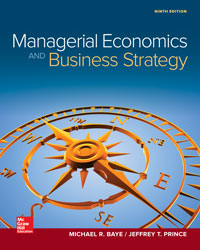

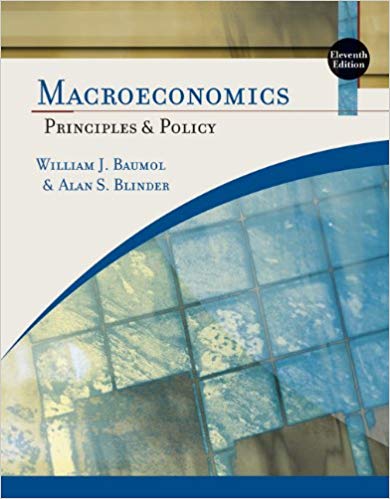
Reviews
There are no reviews yet.